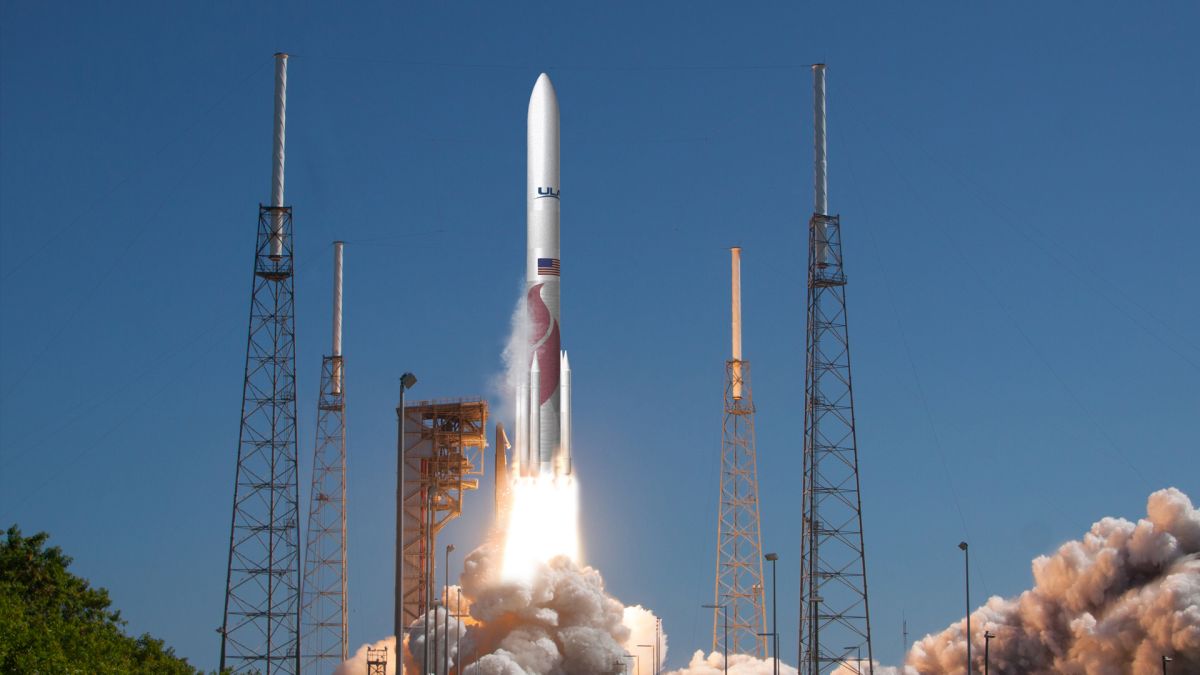The current market landscape, particularly in certain technology stocks, is exhibiting characteristics reminiscent of a “silly season,” where valuations have soared to dizzying heights while decoupling from underlying fundamentals. This phenomenon is particularly evident in the technology sector, which has been the driving force behind the S&P 500’s recent surge, leaving other segments of the market trailing behind.
Tech stocks, especially those at the forefront of innovation such as Cadence Design Systems, Cloudflare, and Nvidia, are trading at astronomical valuations, with price-to-sales ratios nearing or even exceeding the peak levels witnessed in late 2021 before the significant Nasdaq selloff in 2022. These companies are commanding price-to-sales multiples of nearly 20 times projected 2024 revenues, a metric that historically would have been considered exorbitant.
Even behemoths like Microsoft, boasting a market capitalization of $3 trillion and recognized as the world’s largest company, are not immune to this trend, with valuations surpassing 10 times estimated sales for its current fiscal year ending in June.
The notion of paying 10 times sales for a stock was once viewed as extravagant. Scott McNealy, former CEO of Sun Microsystems, famously remarked two decades ago about the impracticality of such valuations, highlighting the necessity for extraordinarily long payback periods to justify such lofty investments. McNealy’s analogy underscores the inherent risk associated with investing in companies trading at high multiples, as investors may be banking on prolonged periods of growth to recoup their investments.
However, it’s important to recognize the inherent limitations of this theoretical exercise. Companies face operational costs and capital expenditures that significantly diminish the portion of revenue available for distribution to investors. Therefore, relying solely on sales multiples to gauge investment attractiveness may not provide a comprehensive assessment of a company’s underlying value and growth prospects.
In essence, the current market environment reflects a delicate balance between exuberant investor sentiment and the sobering reality of economic fundamentals. As valuations continue to soar to unprecedented levels, investors must exercise caution and conduct thorough due diligence to navigate the complexities of today’s market landscape.
The prevailing trend of stocks trading at elevated multiples, particularly in the realm of growth stocks, has become increasingly common in today’s market landscape. Traditionally, a price-to-sales ratio of 10 times was considered steep, but now it’s not uncommon for favored growth stocks to command multiples closer to 20 times sales. In fact, approximately 10% of companies in the Russell 1,000 index are trading at 10 times sales or higher, signaling a widespread departure from historical valuation norms.
This phenomenon isn’t confined solely to the technology sector; companies across various industries are experiencing soaring valuations. Even stalwarts like Visa, Eli Lilly, and Intuitive Surgical are among the top-ranking companies in the S&P 500 index in terms of price-to-sales ratios. Furthermore, lesser-known entities like Arm Holdings, Wingstop, Costco Wholesale, and WD-40 are also trading at lofty multiples, underscoring the breadth of this valuation trend.
Despite the lofty valuations, many of these stocks have delivered substantial gains, buoyed by robust revenue and earnings growth that have surpassed analysts’ expectations. Nvidia, for instance, has seen its stock price more than triple over the past year, propelled by stellar financial performance despite consistently high price-to-sales ratios. Similarly, Eli Lilly’s stock has soared as investors grow increasingly optimistic about its diet drugs’ potential in the coming decade.
However, recent events have highlighted the inherent risks associated with owning high-flying stocks. Snowflake, a data-aggregation software company, experienced a sharp decline in its stock price following mildly disappointing financial guidance for 2024. This underscores the vulnerability of stocks trading at stratospheric multiples, as even a slight miss in expectations can trigger significant market corrections.
While some of these companies may not appear excessively expensive when evaluated using other valuation metrics, such as price-to-earnings ratios, concerns linger regarding the sustainability of their growth trajectories and profit margins. Nvidia, for example, faces challenges related to potential revenue growth slowdowns and the sustainability of its exceptional margins, factors that investors must consider when assessing the stock’s long-term prospects.
Cathie Wood, the chief of ARK Investment, recently cautioned about the risks associated with Nvidia, citing guidance for decelerating growth and declining lead times for processing chips. These factors could potentially lead to a pause in spending and excess inventory corrections, particularly among Nvidia’s cloud customers, highlighting the importance of prudent risk management in navigating today’s market environment.
Lilly’s soaring valuation reflects investors’ high expectations for its GLP-1 diet drugs, Mounjaro and Zepbound, with projected earnings for late 2020s driving its current price. However, its reliance on these drugs exposes it to risks such as unexpected side effects, setbacks, and competition.
Wingstop stands out among restaurants with a valuation nearly 20 times projected 2024 sales and over 100 times earnings. Despite expected profit and revenue growth, such multiples are substantial, even for a company projected to grow by about 25% annually in the next two years.
Costco Wholesale’s popularity has propelled its stock to new heights, now trading at 45 times projected profits for its fiscal year ending in August. While a beloved business with a loyal customer base, its historical P/E of 35 suggests its current valuation is elevated, especially considering its mild earnings miss and modest sales growth.
Oddball situations like WD-40 present unique challenges, trading at 50 times projected earnings for its fiscal year ending in August despite moderate growth expectations. With earnings expected to rise only about 7% this year, its valuation appears lofty for a company not experiencing rapid expansion.
Arm Holdings, despite its attractive chip design business, faces an exorbitant valuation, trading at 35 times projected sales and 90 times earnings excluding sizable stock-based compensation. Its thin float contributes to this valuation, raising concerns about sustainability.
Tech companies often report inflated non-GAAP earnings figures, excluding significant employee stock compensation. While some argue these adjustments are necessary, others, including Warren Buffett, consider stock compensation a real expense that should be accounted for in earnings. Companies like Apple, Microsoft, Meta Platforms, and Alphabet emphasize or report GAAP earnings, indicating success without relying on non-GAAP figures. Therefore, investors should carefully consider these discrepancies when evaluating tech stocks’ true earnings multiples.


















































































